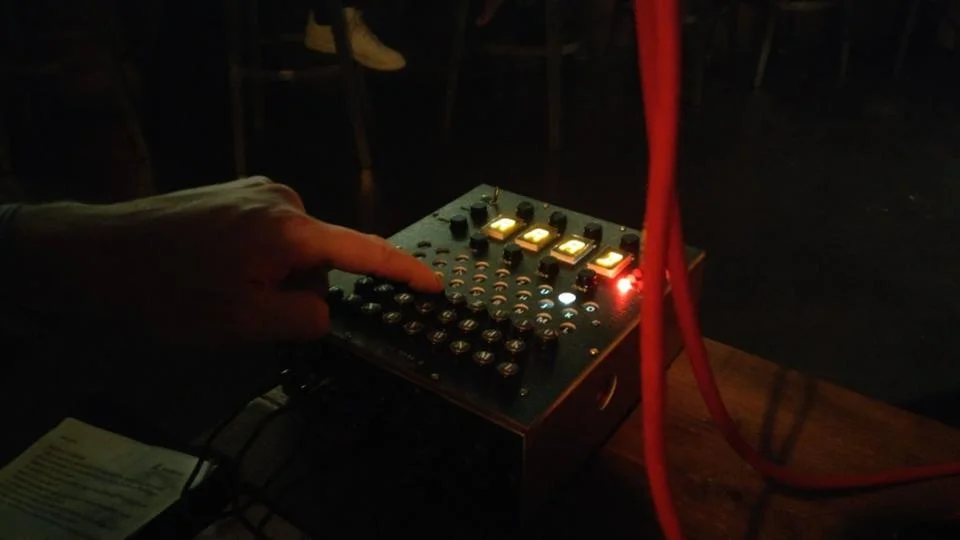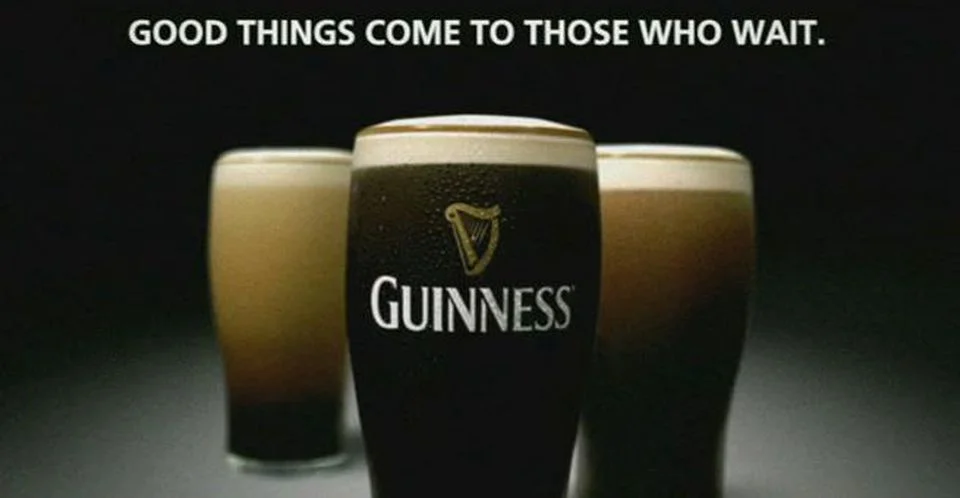The FIFA World Cup finally kicks off today! Despite my team’s recent Champions League Final defeat to Gareth Bale, this huge global tournament still excites me. The problem for me is that the Venn diagram of ‘my mostly sci-curious friends’ and ‘fellow football fans’ has a pretty tiny intersection, which makes for a long and frustrating month for me. This seems a shame, because there is a huge amount of science in football, one of the biggest industries in the world. Not convinced? Allow me to attempt to convert you to The Beautiful Game through materials science! A lot of money goes into research that funds improvements in every aspect of the game; from engineering better grass to play on, to the material science of football kits. These advances in science have improved the speed and safety of this sport, making it unrecognizable from the game played a few decades ago, when footballers still had other day-jobs.
Read MoreForbes : Sample Articles
Below are some sample articles that I write for the Forbes Issue website for more articles please visit https://www.forbes.com/sites/sujatakundu/#671d154e5dc4
The Hidden Science Of The New British Pound Coin→
/In a month where the UK Prime Minister has formally begun so called Brexit proceedings, it is almost amusing that the Royal Mint has also released a new two-tone pound coin that looks more than a little like the One Euro coin.
However, the two coloured metals are where the similarities actually stop. The new pound coin has been introduced in order to combat the huge concentration of counterfeit copies of the old pound coin that have flooded the market – it is said that one in every forty pound coins is actually a fake.
Read MoreCracking The Cocktail Code: The Enigma-Themed Bar That Raises A Glass To World War II Codebreakers→
/“You are the blank canvas. You pick the colors and we choose how to use them.” These poetic words were uttered by one Sebastian Lyall when I caught up with him at his new venture. Lyall is the Founder and Creative Director at Lollipop, a company that turn the everyday into an immersive experience. Lollipop are the brains behind The Bunyadi, the much publicized naked restaurant in Elephant and Castle, South London, and ABQ, the Breaking Bad themed bar housed inside a Winnebago in Hackney, East London.
Read MoreRecord Breaking Blackest Material Is So Dark It Cannot Be Analysed Using Spectroscopy→
/Recently, I have got hooked onto the ABC series ‘Once Upon A Time’ thanks to the arrival of Netflix in my life – it came as a package deal with the fiancé. I’m up to Season 3, and thought that things couldn’t possibly get darker than Peter Pan’s shadow, whose mysterious features are barely distinguishable, whose actions are deplorable, and whose voice is provided by the marvelous Marilyn Manson. How wrong I was.
Read MoreCuriosity In Coffee Ring Patterns Leads To Greater Efficiency Of Energy Materials→
/Speak to any scientist, and they would probably confirm the truth behind the myth that science simply wouldn’t happen without the input of coffee. Most of us seem to mainline it in order to achieve anything in a day, to the point where my university coffee shop even has a sign explaining the meaning of ‘procaffeination’, which is to delay or put off doing something until you have had a cup of coffee.
Read MoreAda Lovelace Day 2016 -- A Celebration Of Women In Science And Technology→
/Tuesday, Oct. 11, 2016 is Ada Lovelace Day, an international celebration of Women in Science and Technology. It is held on the second Tuesday of October each year, and last year I had the privilege of being invited to speak at the flagship event, a "science cabaret" held in London. While "ALD" has been a firm fixture in my calendar for a few years now, many people are still unfamiliar with the celebration. Last week I was thrilled to have been asked to speak on a panel discussion on Women in Science, Technology, Engineering and Mathsorganised by Digital Science in London alongside ALD founder Suw Charman-Anderson, who I grabbed for a quick low-down on the big day. I would like to thank Suw for taking the time to speak to me, and wish her lots of luck for the big day tomorrow. I also hope that you feel inspired to attend an ALD celebration near you, and perhaps even get involved in setting one up next year!
Read MoreGraphene Nanoribbons Combined With Common Polymer Can Bridge Damaged Neurons→
/Generally speaking, once nerve damage occurs in animals and humans, it is irreversible and can have debilitating consequences. Researchers at Rice University in the United States have however recently discovered a way of using wonder material graphene in combination with a widely used polymer, polyethylene glycol, to create a material that can actually bridge the gap in damaged nerve cells.
Read MoreThe Accidental Discovery Of A Brand New Shade Of Blue→
/In a previous article, I wrote about an accidental discovery made by a student that led to a new, more efficient synthetic route to producing a chemical compound. Historically, accidental discoveries have resulted in some of our greatest scientific advances. This week we have been reminded of another such discovery with a huge amount of potential in a range of applications
Read MoreThe Science Behind Pouring The Perfect Pint Of Guinness→
/In recent decades the Guinness advertising campaign has revolved around the motto that ‘good things come to those who wait’ - a nod to the very precise, elaborate and time-consuming art-form of pouring the perfect pint of the Black Stuff. The brains behind Guinness claim that by following the instructions carefully, you are well on your way to a ‘perfect’ pint of clear, dark stout topped with a white, dense, creamy foam. Do these steps really make any difference, or is it all theatricality? My curiosity got the better of me, so in time for St. Patrick’s Day next week, I thought I would take a closer look at the six steps to the perfect pint of Guinness.
Read MoreThe Engineering Of Star Trek: Transparent Aluminum In The 21st Century→
/In Star Trek IV: The Voyage Home, the crew of the USS Enterprise travels back in time to find a humpback whale and transport this back to the 24th Century. In the absence of the 23rd Century technology that the crew were used to working with, the tank needed to be made of six-inch thick poly(methyl methactylate), PMMA –or Plexiglas as it is more commonly known - in order to withstand the pressure of the 18,000 cubic feet of water required to comfortably transport such a creature.
In an attempt to acquire the Plexiglas required for free, Scotty and Bones trade the chemical composition of a material that could rival Plexiglas; the very same material used to make the windows of the USS Enterprise. Tougher than bulletproof glass, but made not of glass or polymers, this material was known as Transparent Aluminium. We frequently encounter aluminium in our everyday lives, from our crushable fizzy drinks cans to the foldable wrapping for our sandwiches. However, this is aluminium in its elemental, metallic form. As science fiction increasingly becomes science fact, is there is a way of making aluminium both optically transparent and tough in the 21st Century? Yes, there is!
Read More









